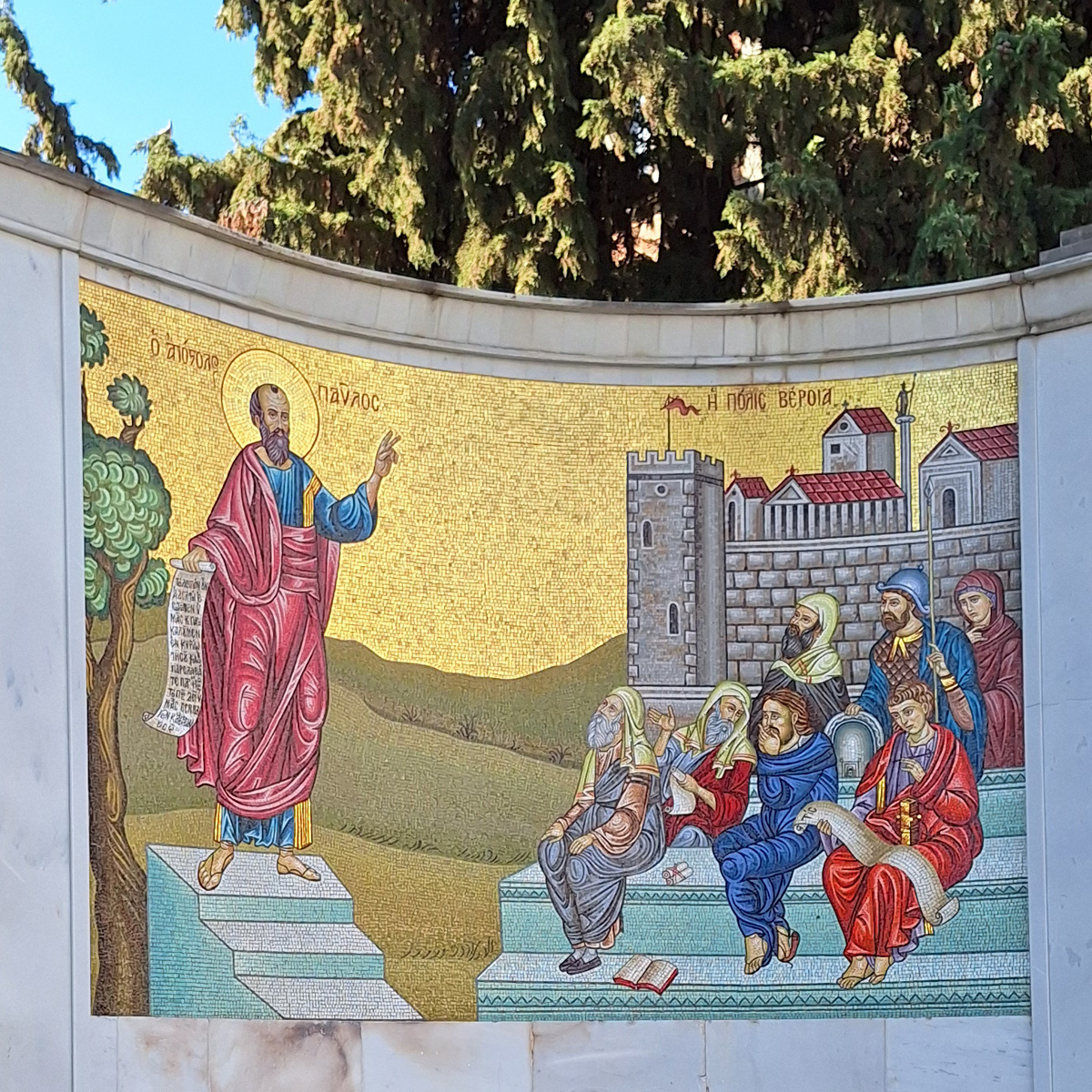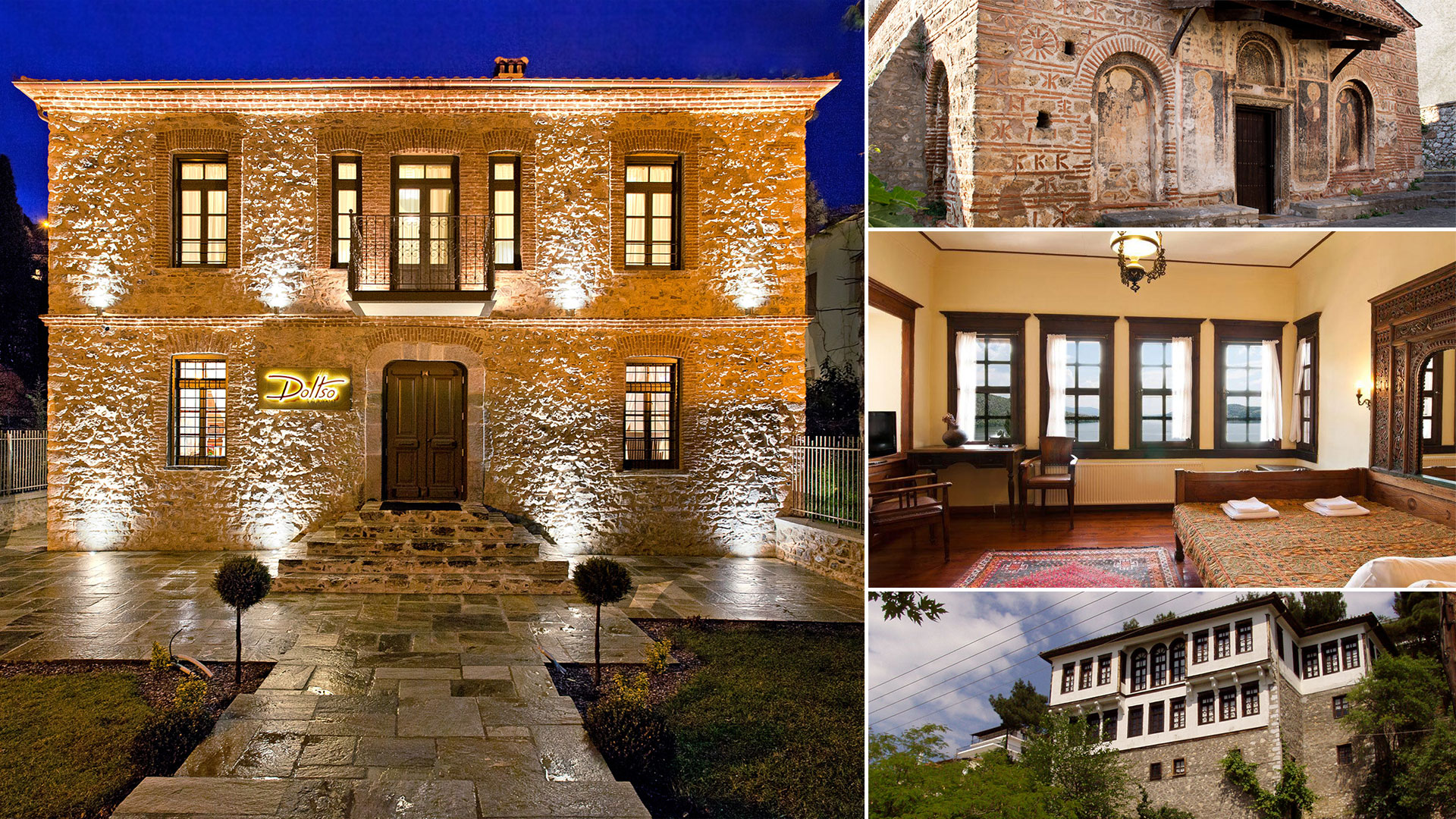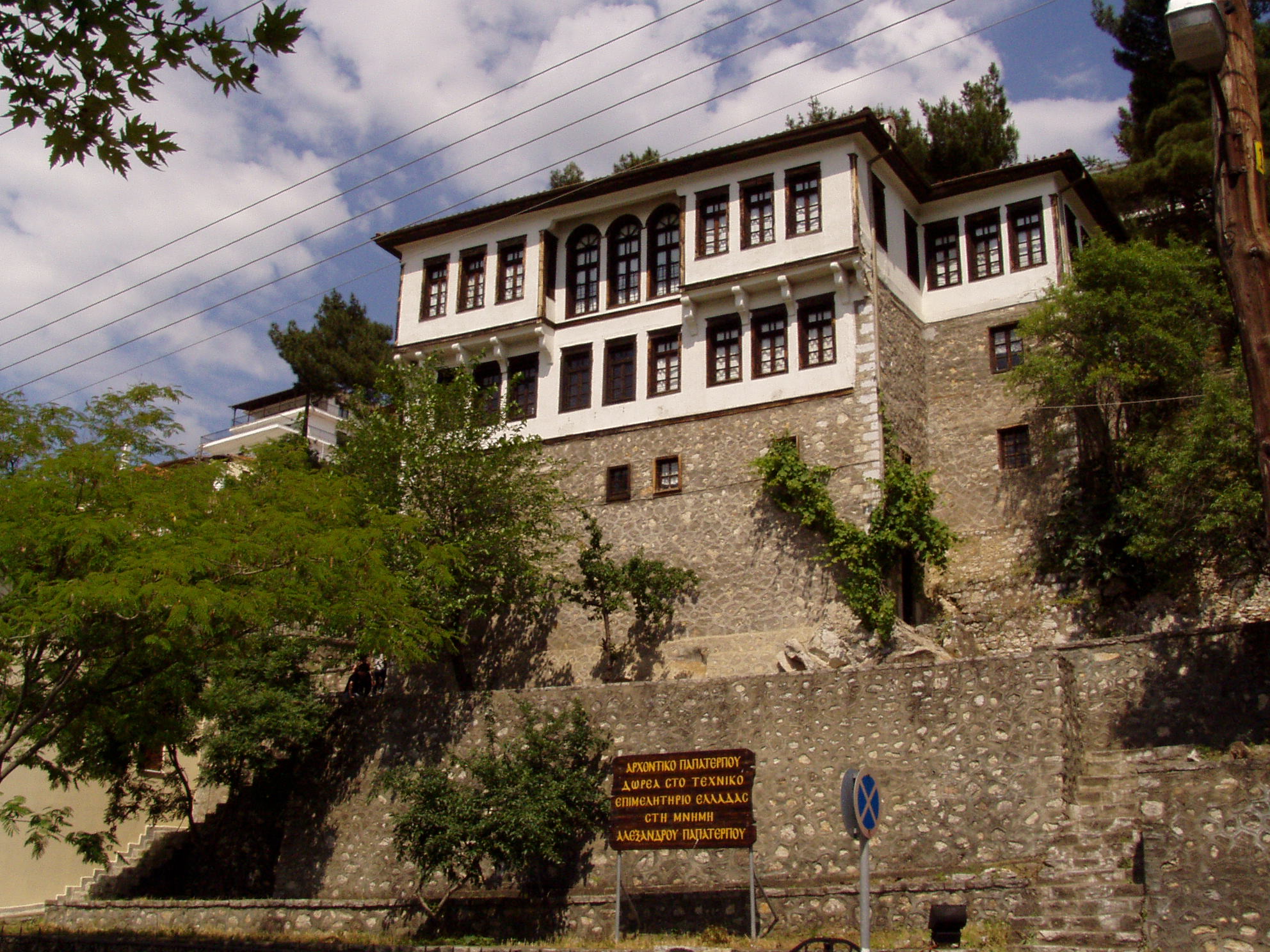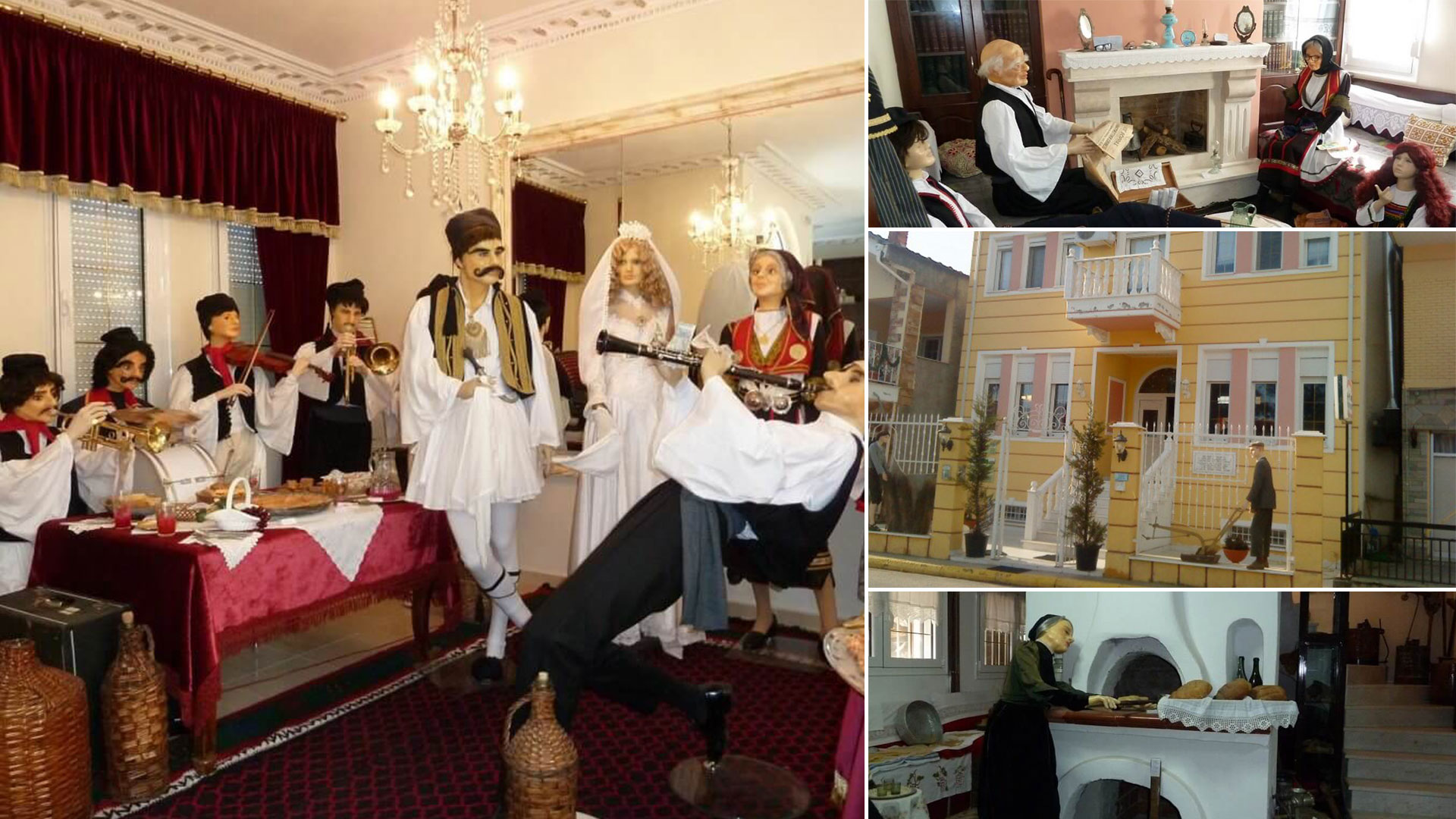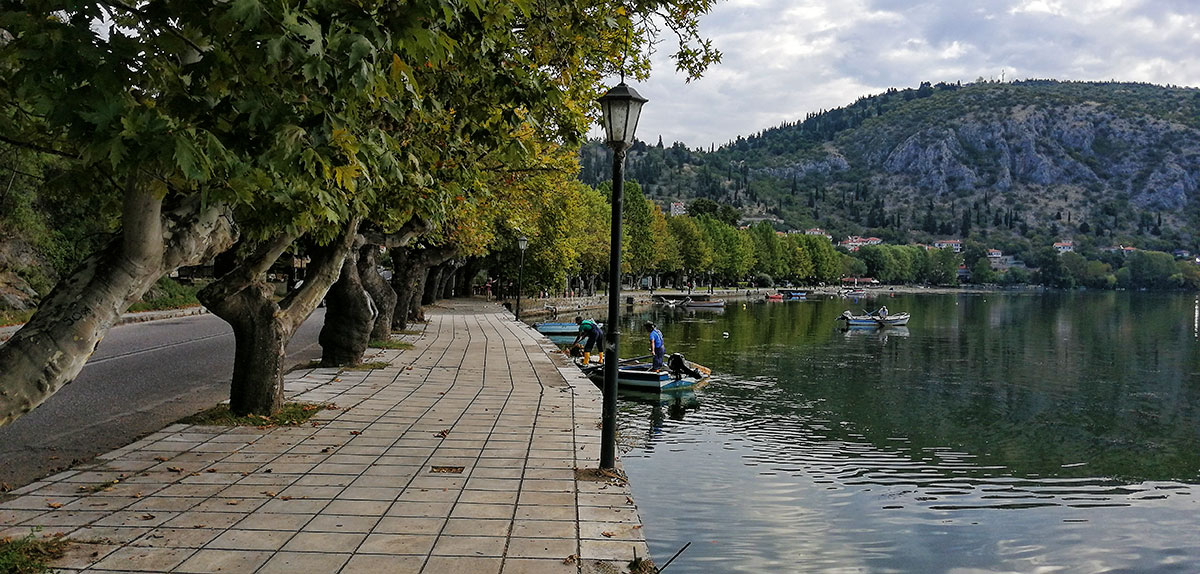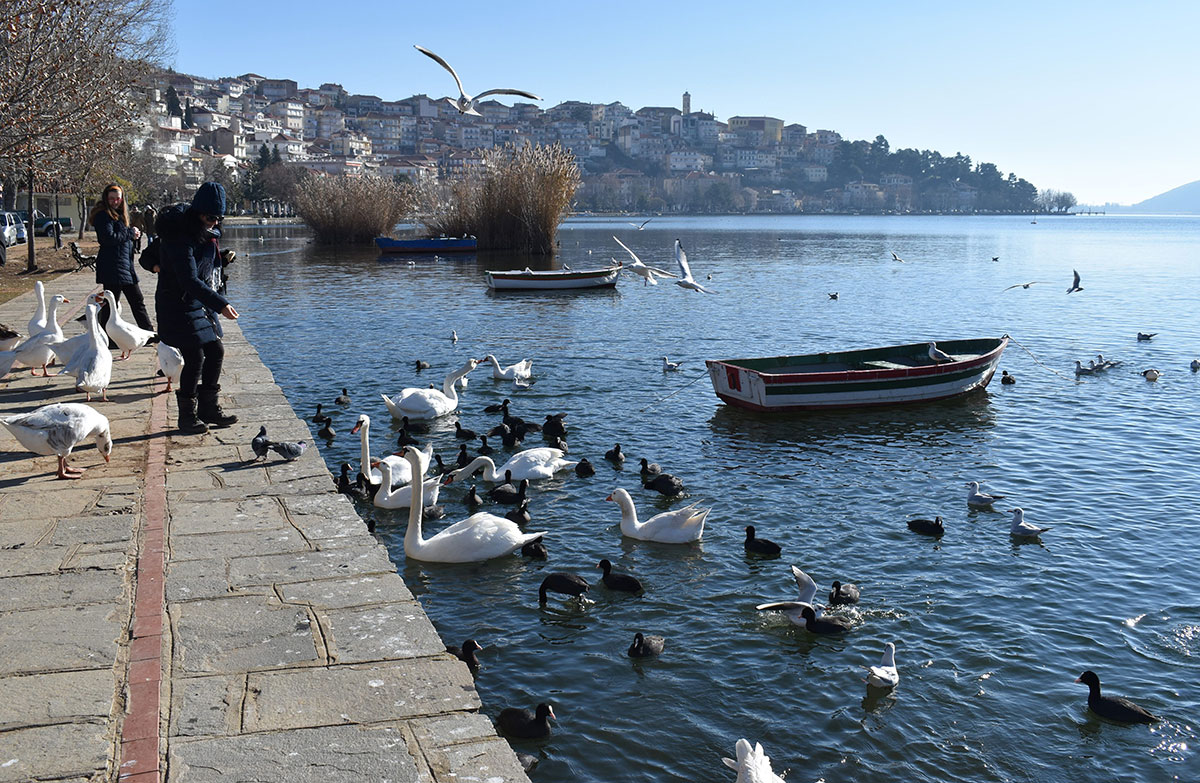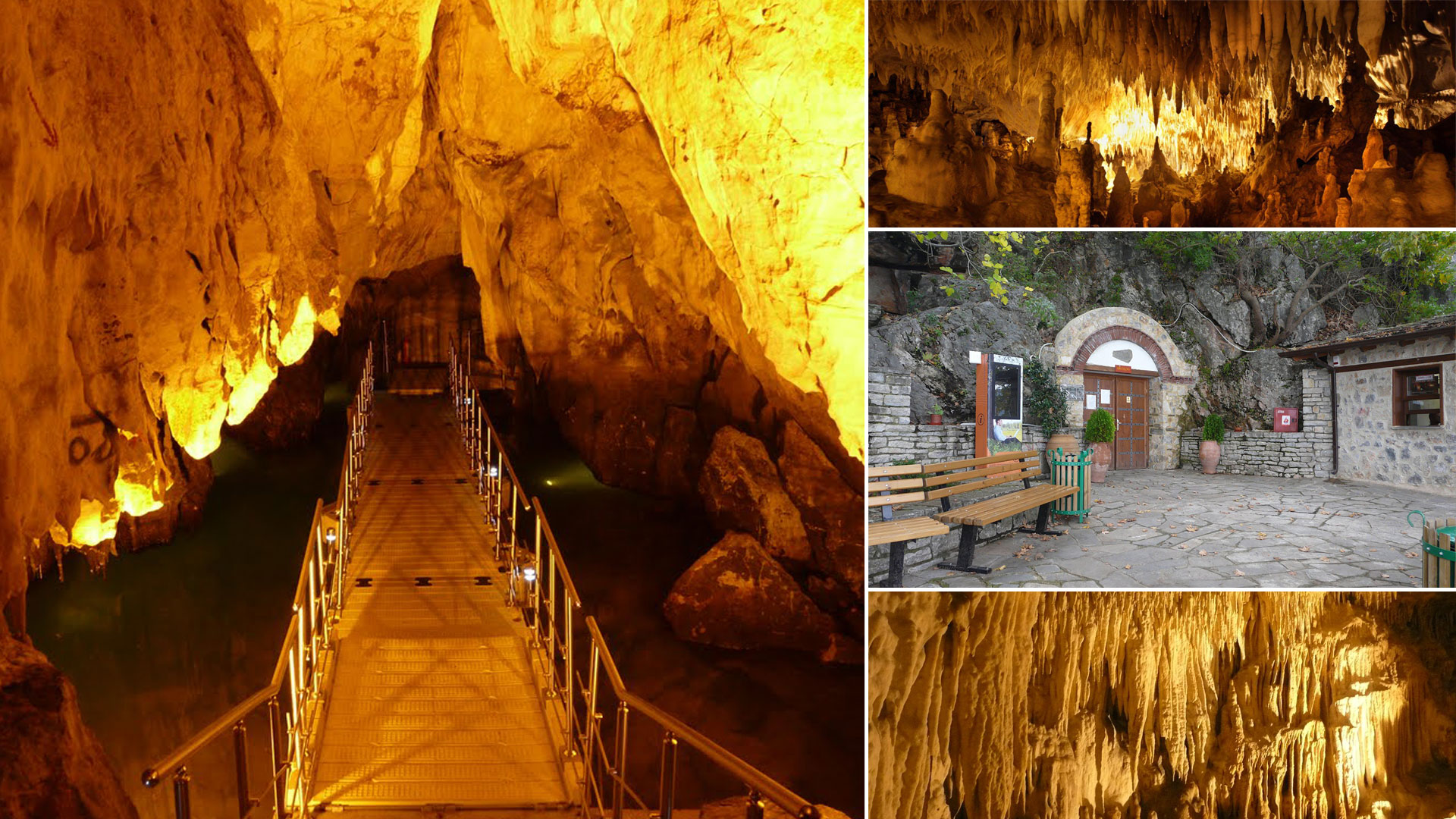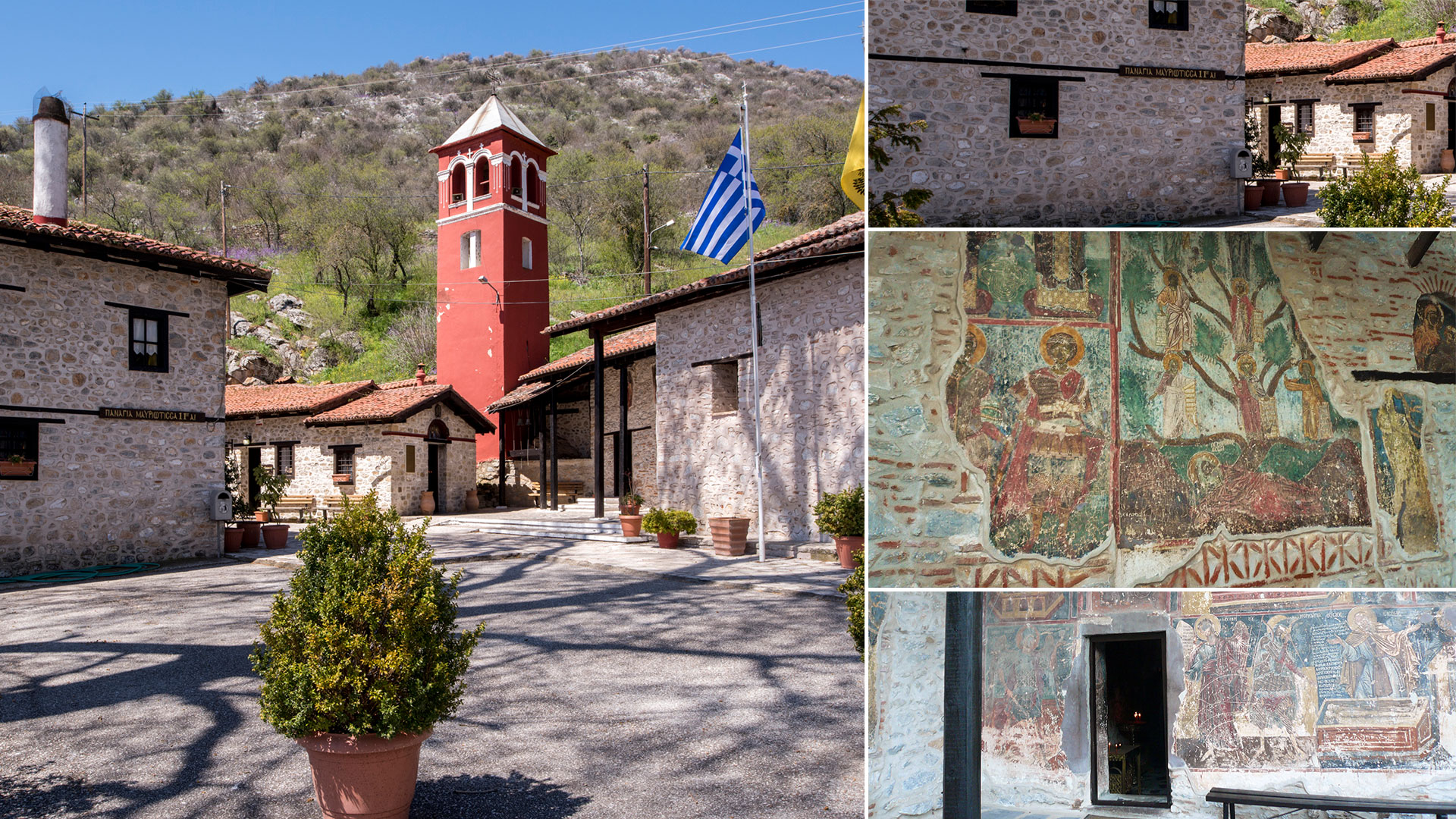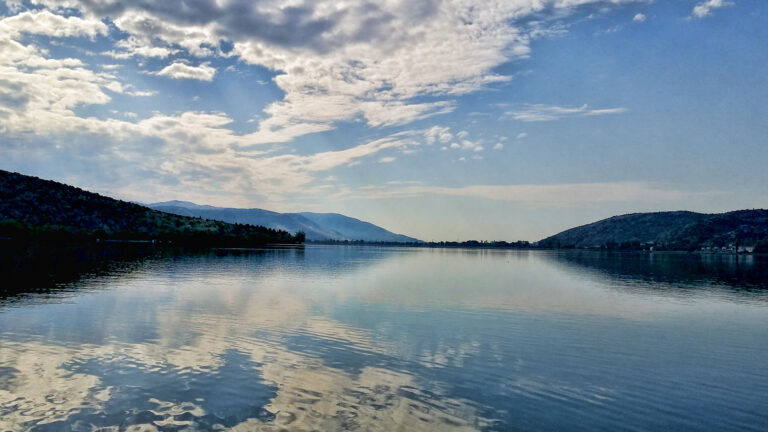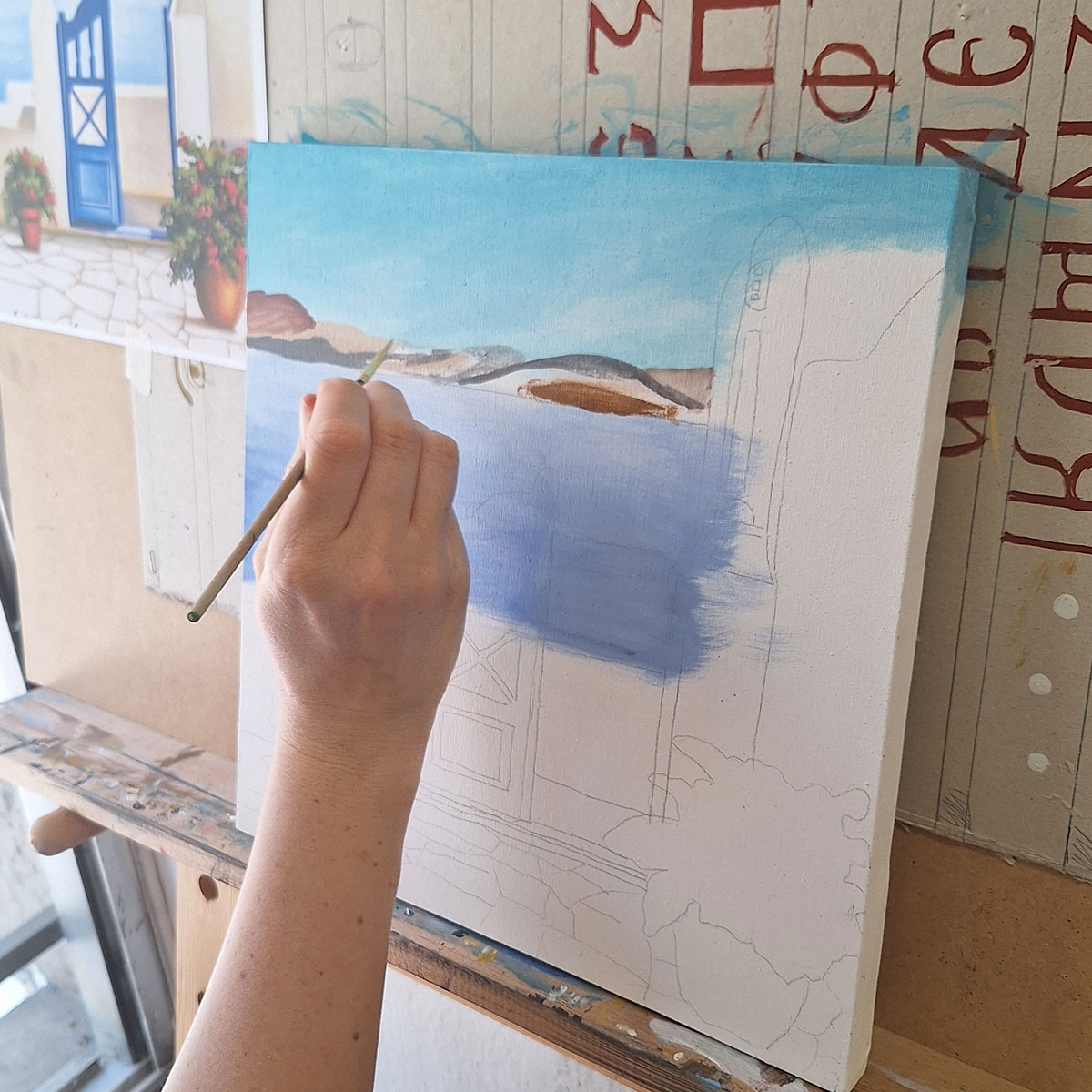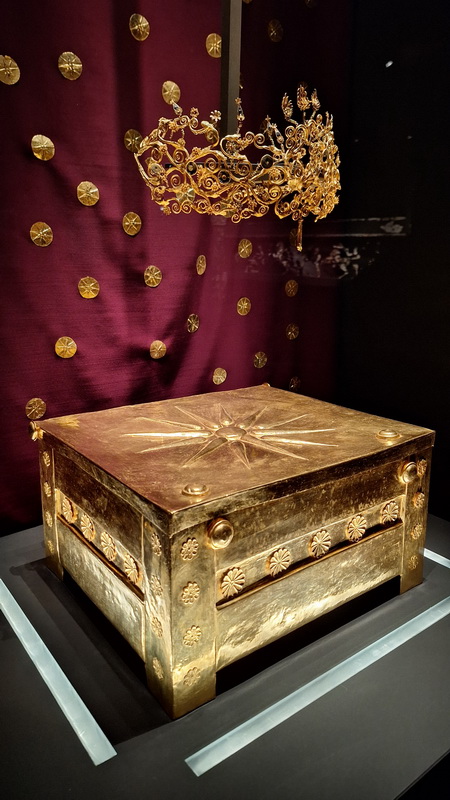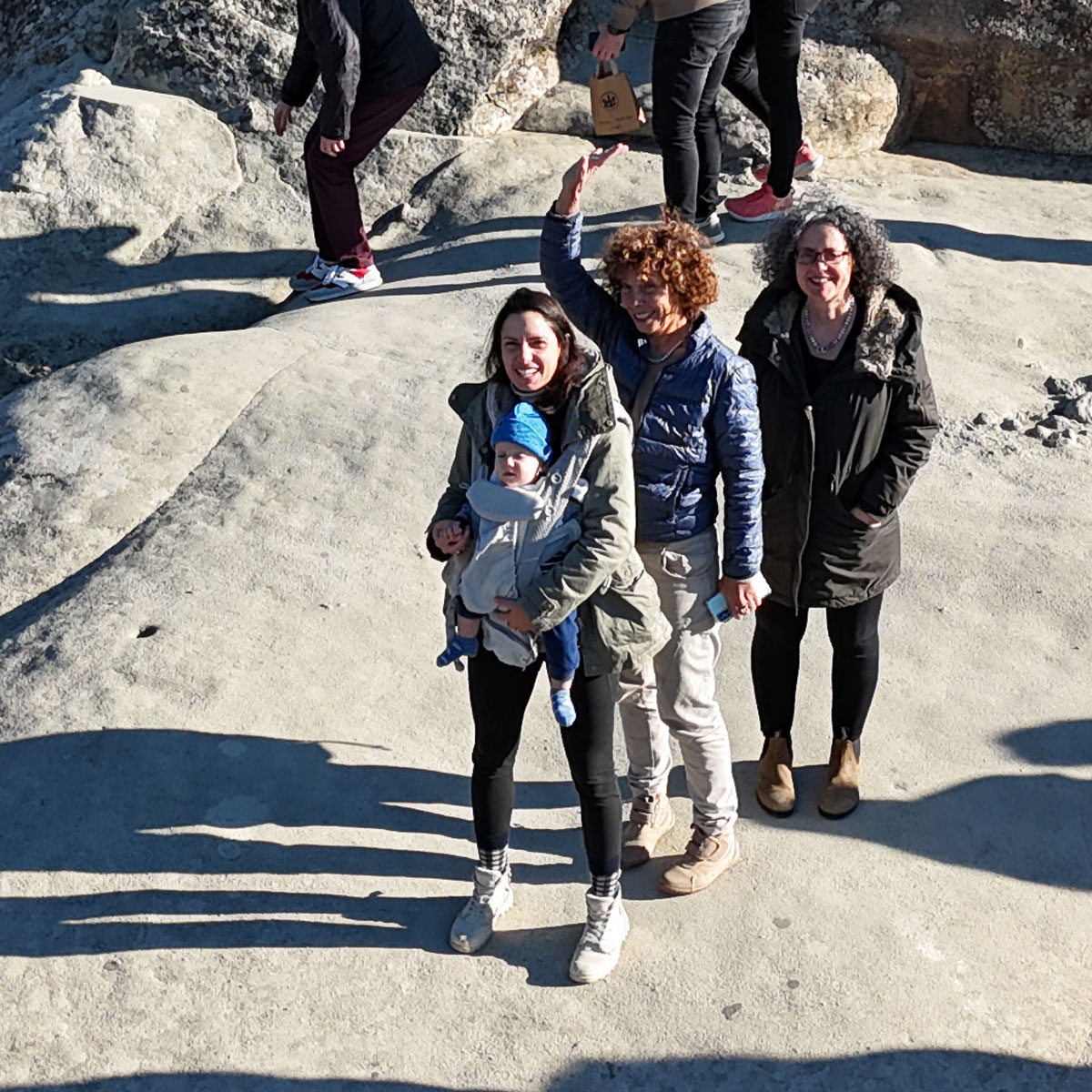Kastoria, a city with a rich history through the centuries, is today considered one of the most beautiful cities in Greece and manages to maintain its traditional character intact.
According to tradition, it was founded by Orestes, in honor of Electra’s sister.
In Kastoria, important monuments of Byzantine culture are preserved to this day, such as the walls and the almost 80 Byzantine churches that it has, which together with the truly magnificent lake of Kastoria create an unsurpassed setting, which is difficult to resist even the most demanding traveler.
It flourished mainly during the 17th century, since then the old mansions can be seen, then the amazing mansions were built, which have combined the local character with the Byzantine architecture.
When you are in Kastoria, you should not miss to visit the Eco-Museum, the first in Greece, where the visitor has the opportunity to “see” digitally the Kastoria of the 6th century and get to know its diverse ecosystem.
You can also see the Folklore Museum, the Byzantine Museum as well as the Museum of Costume Design.
Also do not forget to visit the fossil forest, twenty million years old with tropical and subtropical plants, palm trunks and marine fossils. Be sure to visit the museum that houses many of the fossils.
You must also see Lake Orestiada, Agios Stefanos and the Byzantine castle, which is characterized by travelers of the time as inaccessible and fortified.
Necessary sights to see include the dragon cave, an impressive cave to visit with 7 underground lakes, 10 rooms and 5 corridors – tunnels, located on the north side of the city, near the chapel of Agios Nikolaos in the Monastery of Panagia Mavriotissa, 15 m. From the lakeside road. Its name is due to the tradition that says that inside there was a gold mine, which was guarded by a watchful dragon.
For those who love winter sports, in Vitsi, a village 20 km from the city of Kastoria, there is a ski center, with three slopes, which are able to receive a large number of visitors.
During your stay, do not hesitate to shop for some of the products it produces, which are also of excellent quality. Kastoria, of course, is mainly famous for the unique furs and leather it has and its agricultural products are a very good choice. So you will have the opportunity to buy delicious meat and cheese as well as legumes and nuts.
Kastoria seems to be a heavenly place that meets all tastes and requirements. In any category of tourists, whether you belong to nature lovers or if you are just looking for relaxation for two days.
Tour of the “Mansion” paths of Kastoria
In the neighborhoods of Apozari and Doltso, the Kastorian mansions built around the 17th and 18th centuries stand proudly and are the eyewitnesses of the economic prosperity of the Kastorian furriers, when their commercial activities had crossed the border with activities abroad.
The development of export trade with the countries of Central Europe created a class of rich bourgeois, who came into contact with Western culture. Aware of their power and given the strictly limited society in which they lived, they gave their homes such a form and dimensions as to enjoy their goods in an illusion of freedom.
The mansions of Kastoria are harmonized with the environment of the area, being samples of traditional architecture.
The mansions are basically two-storey. On the ground floor there are storage rooms, while in the yard there are auxiliary ones. On the middle floor are the winter residences and an inner wooden balcony. Upstairs, which is made of lighter materials and is widened with “sahnisia” (covered ledges), are the reception areas.
In many cases, depending on the slope of the ground, they are three-storey or four-storey, but they also have a garden, inner courtyard, are surrounded by a high fence, with closed balconies and windows protected by railings.
The ground floor and the mezzanine floor are made of stone with a few small openings, while the floors are made of lighter materials and have more windows.
The ground floor and basement areas are used for food storage and as work areas, on the mezzanine floor there are household items while the first floor was usually the fur workshop.
The main space inside is a triple room (a space where there were “Π” shaped entities around it).
This space, with small modifications, was offered for many uses.
The interior decoration was very careful with paintings on the walls, wood-carved ceilings and cabinets.
The mansions near the lake had courtyards up to its shore, in which they had the necessary boats to move them.
Their construction was entrusted to Macedonian and Epirote craftsmen who were famous for their art abroad.
They are distinguished mainly in three types with the first which is the oldest to have representative specimens of the mansions Tsiatsapa, Sapountzi, Basara and Emmanuel Brothers presenting a rectangular plan with domination of a single axis.
The second type with dominant specimens, the mansions Skoutari and Nerantzi Aivazi, in a square shape with a recess “Π” on one side.
The third, who is also the youngest, presents a symmetrical plan in the shape of a cross on the floors and is found in the mansions of Papaterpou, Tzotza and Vergouleika.
Decoration of Kastoria mansions
The interior decoration is rich, with wood carvings, murals and skylights with colored glasses (vitraux).
The wooden “ceilings” with the rhomboid or baklava decorations have in their center a circular or hexagonal rosette.
Rarely are the ceilings plastered and have painted decoration as well as plaster carvings in the middle. The decoration of the walls is formed in two zones separated by a horizontal cornice (the “poulitsa”) at the height of the window sills and the interior doors.
The lower and larger part includes the internal and external openings as well as all the wooden surfaces (wall coverings and fitted wardrobes) with rich floral painting decoration.
In the upper part between the skylights, painted surfaces with plant themes and baroque decorations are inserted.
In addition, there are performances of fantastic landscapes and birds as well as cities and ports among which the performances of Istanbul stand out, depicted from the side of the Horn Bay.
Blog
Hello Thessaloniki
